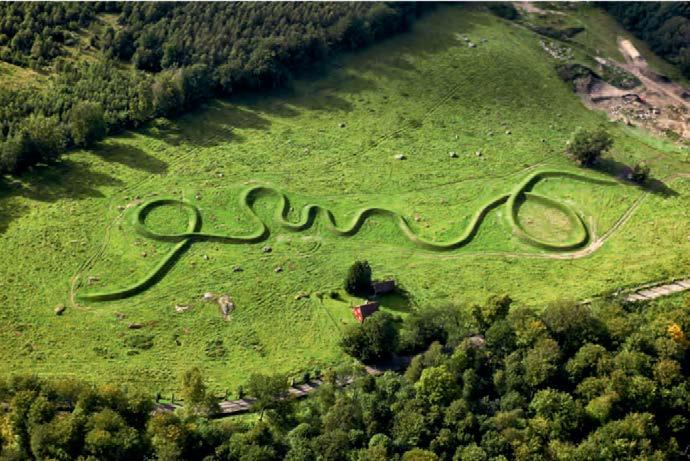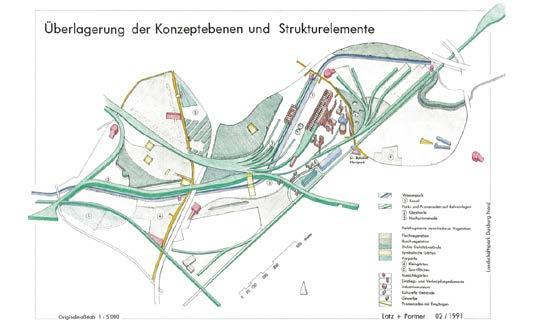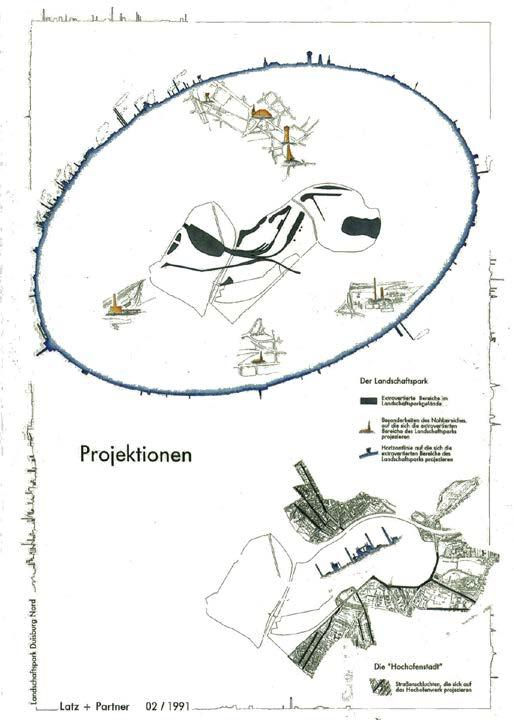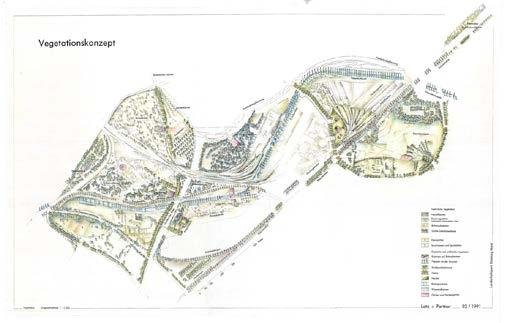
1 minute read
TIME & SPACE IN LANDSCAPE
I am personally influenced by existentialism and am concerned with the senses, perception and experience. Phenomenology continues to intervene in my analysis and site perception process.
“Natural objects, for example, must be experienced before any theorizing about them can occur. Experiencing is consciousness that intuits something and values it to be actual; experiencing is intrinsically characterized as consciousness of the natural object in question and of it as the original...”[9]
Advertisement
Based on Sartre’s phenomenology, it is valuable to focus on the scale of the human body and describe the landscape from a human perspective. Take Maya Lin’s 11 Mintue Line as an example, which created in a cow pasture near the Wanås Foundation in Sweden, time and space can be experienced by people when they go through it.[10] This is an important guide for my design process.
Looking back on my previous statement, I found that the flow of my thinking is inseparable from perception, which is the only thing I can be sure of, real, and confident as a human being. I decided to continue to design in depth in the aspect of spatial perception, so that the landscape can be used as a narrative medium to show people various elements of nature and humanity.
After dealing with the perspective of my design intervention, I still dare not easily change the existing landscape. I found that “Landscape Syntax” emphasize respect for the site itself and its structural relationship to the outside. The “fragments” such as the existing elements and information of the site are integrated to achieve an inherent logical correlation, and then these fragments are combined with the least intervention to make them appear flexible and uncertain.[11] This design method provides a reference for functional or production landscape.


Although the site of my design project is not a post-industrial landscape, it has been affected by human activities, forming a surface such as pastures and production forests, and the combination has formed its strong structure. At first I was very struggling, should the design change the existing structure, or keep the status quo? If the existing structure is retained, how can the role of landscape design be reflected? “Landscape Syntax” inspired me to re-analyse and organize the existing elements of the site and will drive my next design phase. The superposition of the existing structure and the designed landscape structure can bring more potential.







